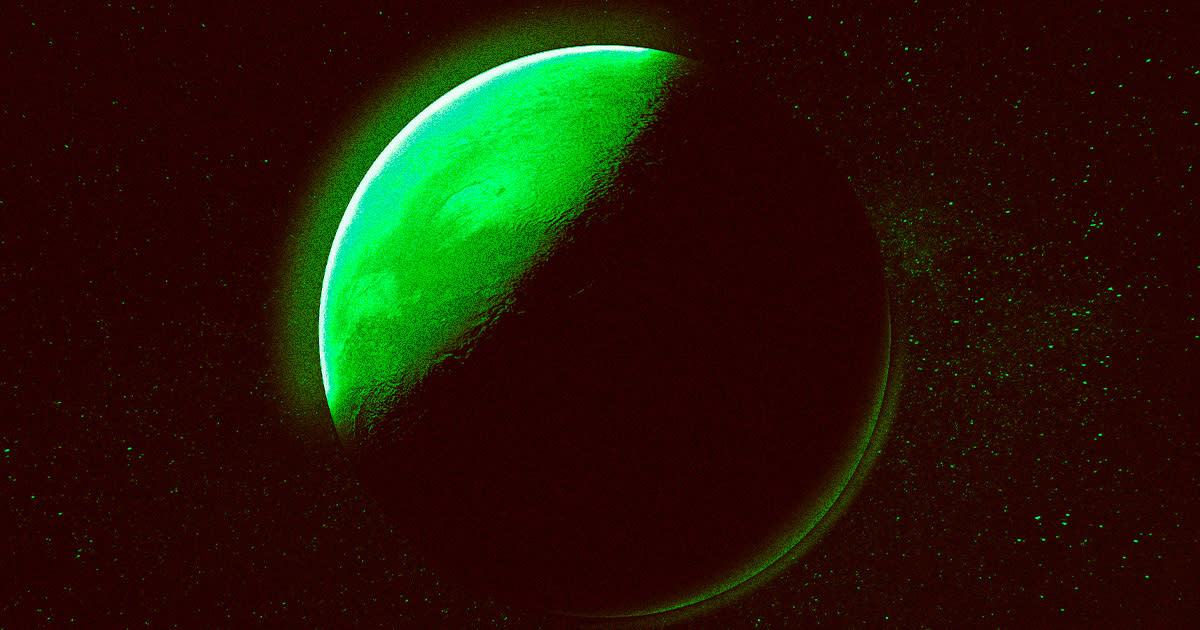Scientists Astonished by Planet That’s Way Too Big to Exist

Odd Couple
Scientists have discovered an impossibly large planet — so big, they say, that it should be too big to exist.
And yet. In a new study published in the journal Science, researchers out of Pennsylvania State described their whopper discovery: a Neptune-sized planet that's 13 times the mass of Earth, which is orbiting a tiny ultracool star that's nine times less massive than our Sun.
As a press release about the new research explains, this finding is exceptional because the mass ratio between the planet and the dwarf star, dubbed LHS 3154, is 100 times greater than the same ratio Earth has with its Sun — which scientists didn't think was possible until they saw it with their own eyes.
Star formation, the press release continues, requires big clouds of celestial gas and dust, and once a star is born, the detritus left behind forms into disks that orbit it and eventually coalesces into planets. This new planet-and-star pair is peculiar, simply put, because the dust disk doesn't seem large enough to have created a planet that big.
"The planet-forming disk around the low-mass star LHS 3154 is not expected to have enough solid mass to make this planet," said Suvrath Mahadevan, a Penn astronomy and astrophysics professor who co-authored the Science paper. "But it’s out there, so now we need to reexamine our understanding of how planets and stars form."
Detective Work
Named LHS 3154b after its star, this huge-if-true planet was spotted using the Habitable Zone Planet Finder (HPF), an astronomical spectrograph at the University of Texas' McDonald Observatory that's been operational since 2018. Led by Mahadevan, the instrument is built to detect exoplanets orbiting ultracool stars that could be host to water, and therefore life.
"An object like the one we discovered is likely extremely rare, so detecting it has been really exciting," Megan Delamer, a Penn astronomy grad student who also co-authored the paper said in the school press release. "Our current theories of planet formation have trouble accounting for what we’re seeing."
Finding LHS 3154 and its orbiting planet with the relatively young spectrograph is indeed exciting — not least because of how many new questions it raises.
"This discovery really drives home the point of just how little we know about the universe," Mahadevan said. "We wouldn’t expect a planet this heavy around such a low-mass star to exist."
More on weird space finds: Our Galaxy Appears to Be in a Huge Empty Void


